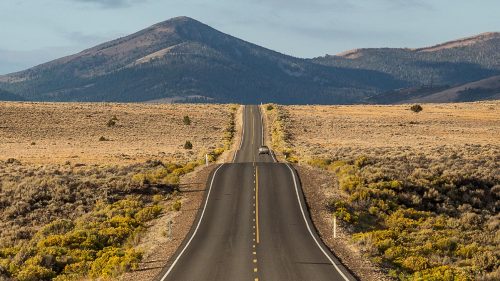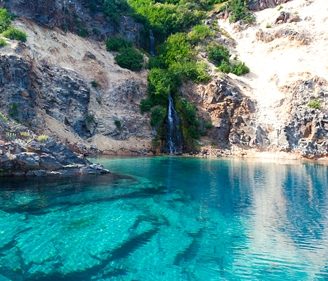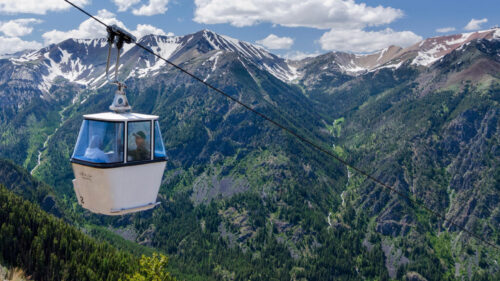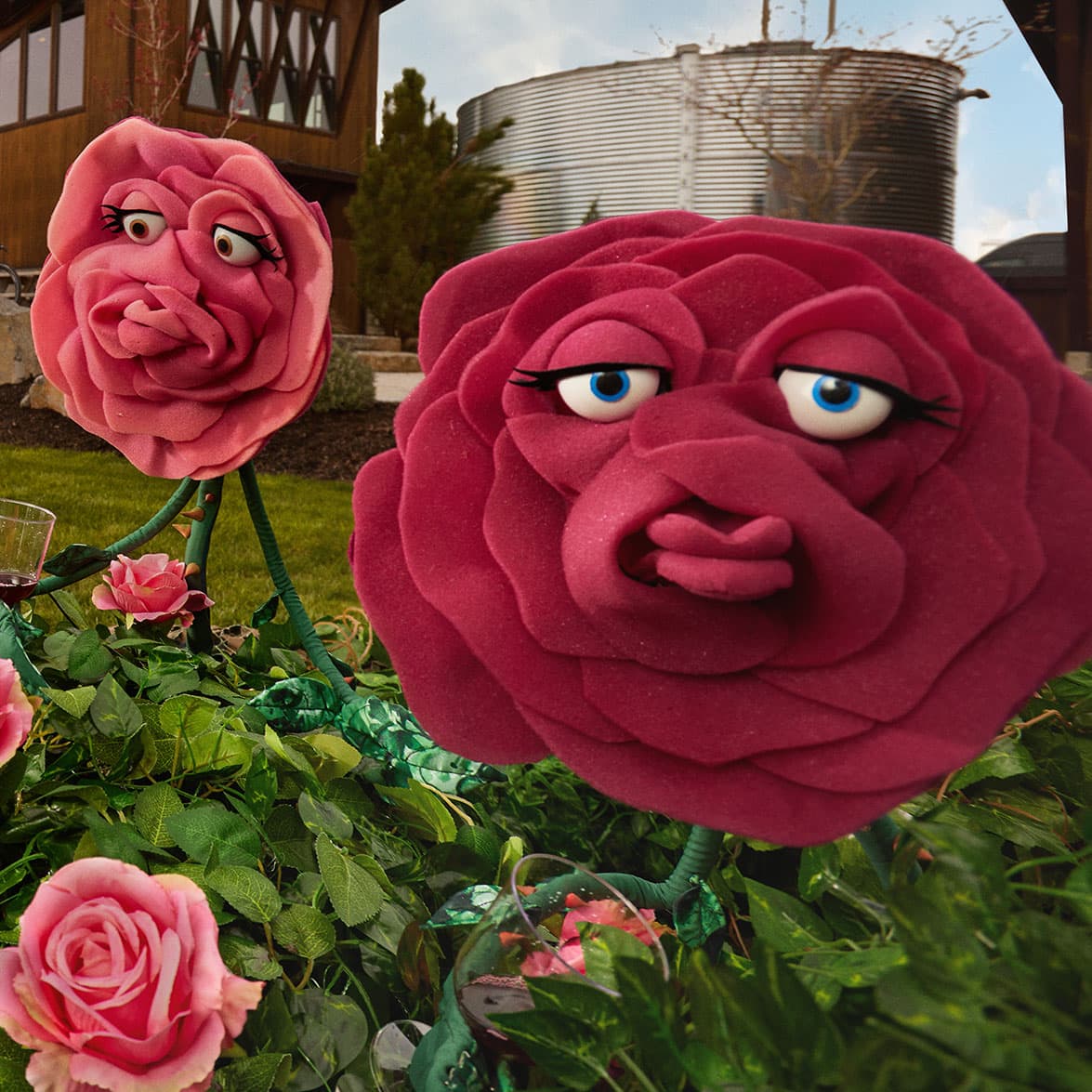From cold subalpine jewels to ephemeral ponds, Oregon is blessed with an abundance of lakes. You’ll find fish aplenty in many of them. Dive a little deeper and you’ll discover a host of other fascinating creatures, too – from fairytale shrimp to newts found nowhere else in the world.
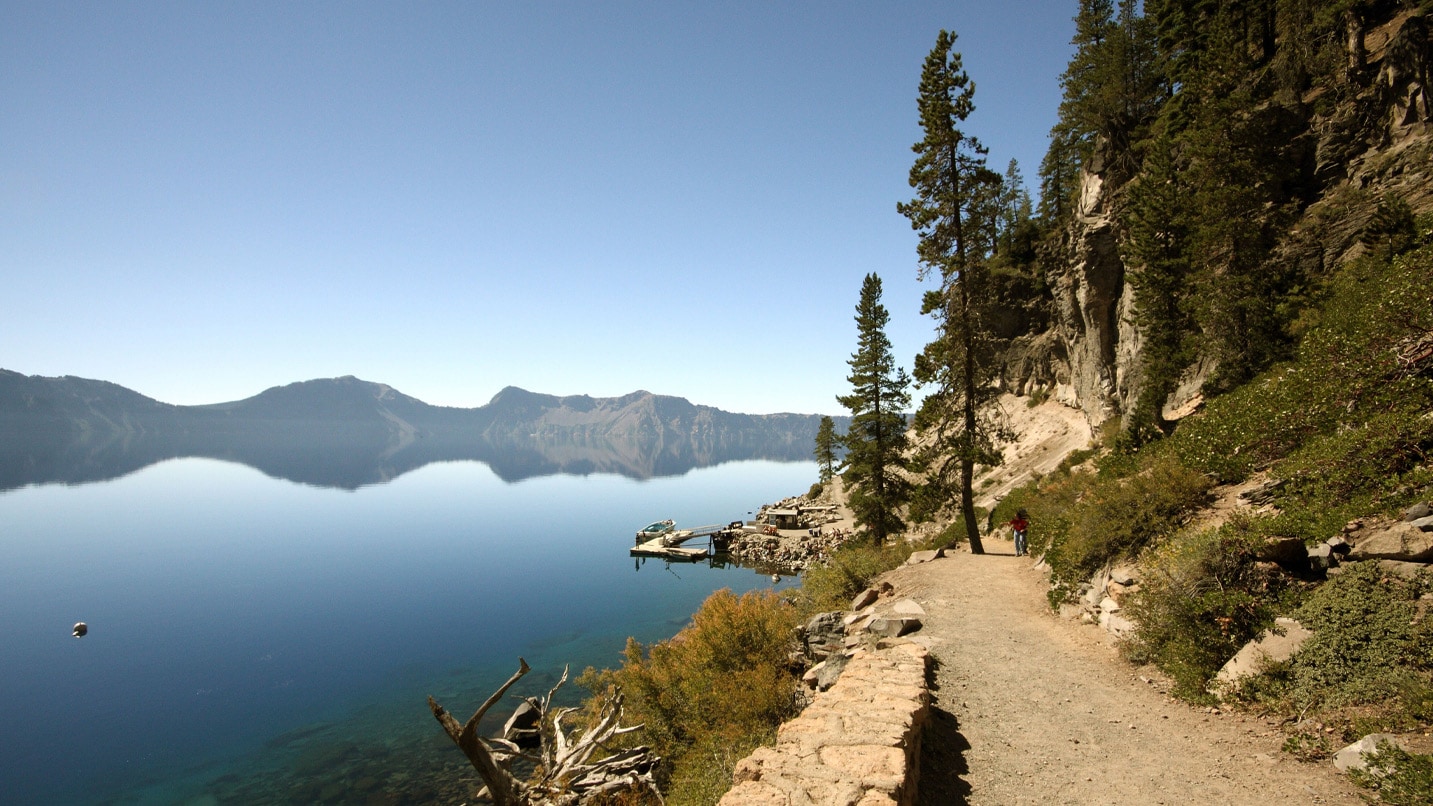
One-of-a-Kind Creatures
The deepest lake in the United States, Crater Lake filled the caldera after Mt. Mazama blew her top 7,700 years ago. Oregon’s most famous lake is cold and clear — so clear that light penetrates far into its depths. “The ultraviolet part of the spectrum makes Crater Lake a tough place to live for a lot of creatures,” says Scott Girdner, aquatic biologist at Crater Lake National Park.
Rarer yet, one of those Crater Lake creatures is found nowhere else in the world: the Mazama newt, a subspecies of the rough-skinned newt. Drab brown with a hint of red on the belly, the shy salamander eats snails and insects snatched from rocks on the lake’s shoreline. Once the top aquatic predator in the lake, today the newts face competition and predation from crayfish introduced to the lake in 1915. The best place to spot them is among the rocks and driftwood along the lake’s shore. If you dare swim in Crater Lake’s chilly waters, make sure to use the designated area, which you can access via the Cleetwood Cove Trail.
You can find another endemic species about an hour north at Miller Lake, a large freshwater lake east of the Cascade crest in Klamath County. The world’s smallest lamprey at just 6 inches long, the Miller Lake lamprey is an eel-like creature that bores into fish with a disc-shaped mouth instead of jaws. In the 1950s, the Oregon Game Commission eradicated the lamprey because they were preying on stocked trout. In the 1990s, biologists found Miller Lake lamprey in nearby creeks and have since reintroduced them to their namesake lake. Swimming, fishing for trout and kokanee, and non-motorized boating are all allowed at Miller Lake; Digit Point Campground makes a great base camp.
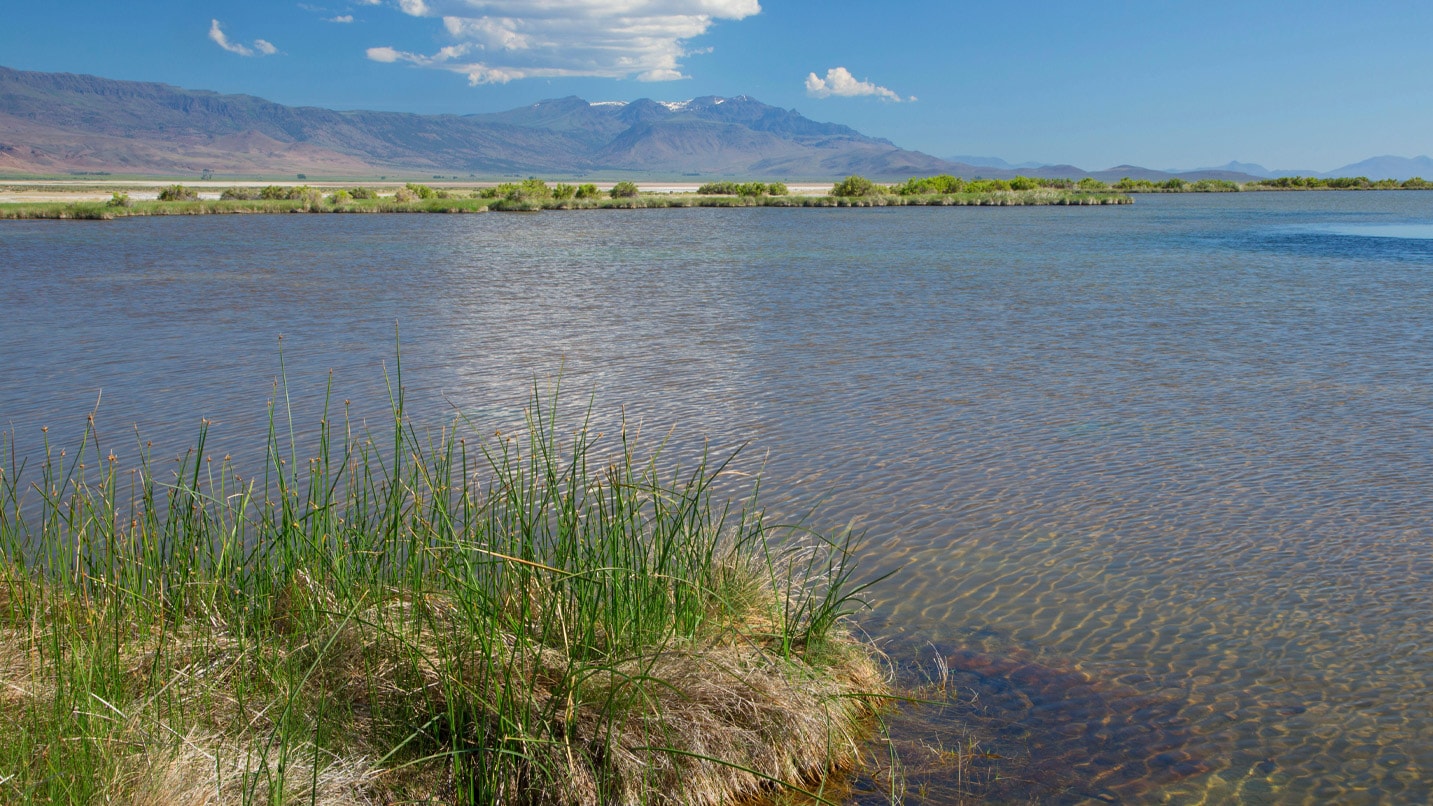
Built for Extremes
In Southeastern Oregon, creatures are especially adapted to the alkaline water conditions in the area’s shallow lakes. Brine shrimp and alkali flies, for example, live in Lake Abert and provide a food source for migrating waterfowl.
East of Steens Mountain, Borax Lake (part of the Alvord Desert) is fed by geothermal springs, and its waters can exceed 105 degrees Fahrenheit. But neither extreme temperatures nor the high levels of borax and arsenic bother the Borax Lake chub, the only fish that inhabits the lake. Small, with silvery sides and an olive-green back, this once-endangered fish avoids the hottest zones by hanging out at the lake’s edges. The Borax Lake chub made a comeback once the Nature Conservancy acquired the lake and surrounding marshes in 1993. To ensure the chub’s continued protection, the preserve is only accessible by foot, and soaking in its waters is prohibited.
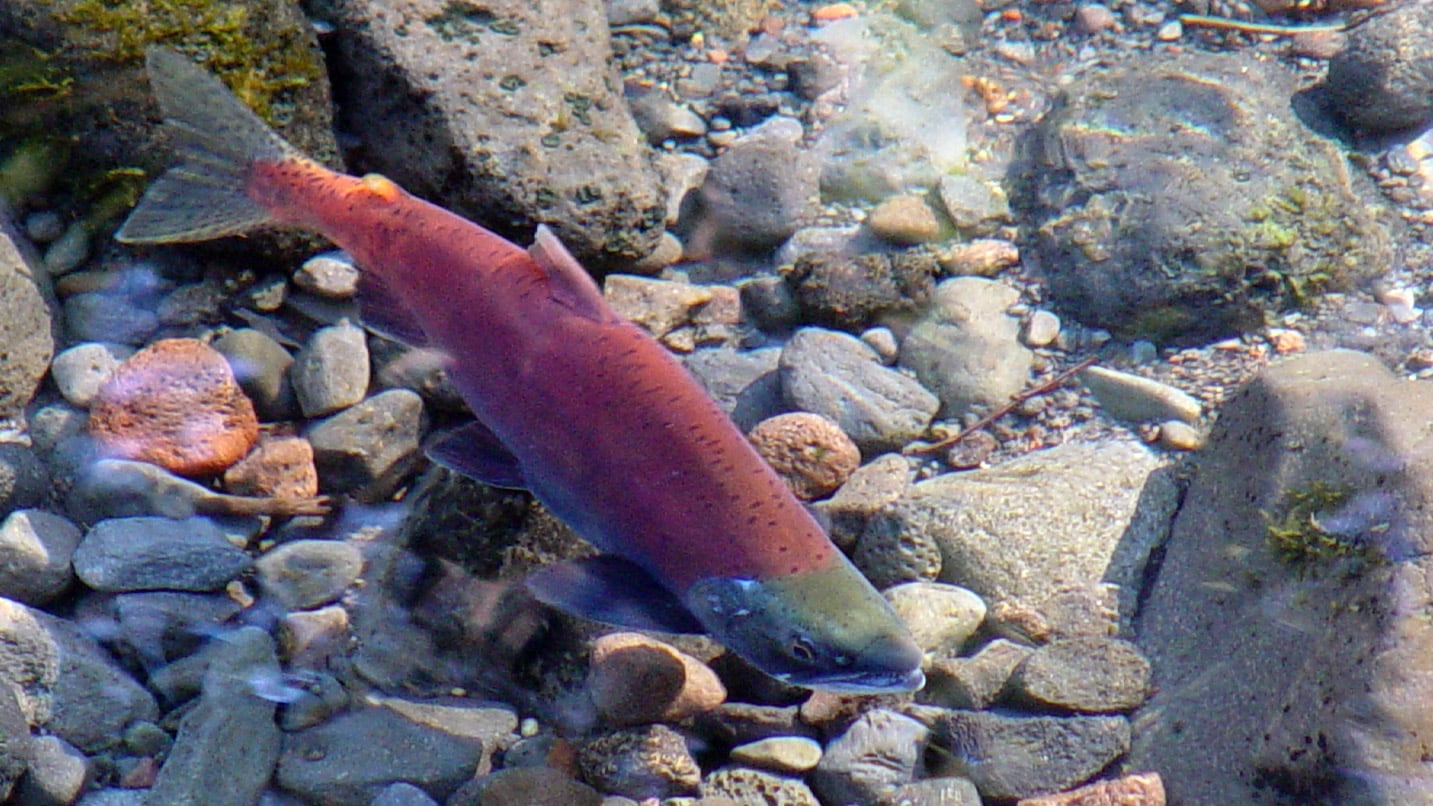
A Tale of Two Sockeye
In the northeast corner of Oregon, receding glaciers left behind deep, cold Wallowa Lake. At one time, the lake hosted both sockeye and kokanee salmon, landlocked sockeye that live their entire lives in freshwater.
A dam has blocked true sockeye from exiting and entering Wallowa Lake since 1919. In 2022, a dam-rehabilitation project will restore fish passage and, advocates hope sockeye runs along with it. Meanwhile, kokanee thrive in Wallowa Lake. In late August, the fish turn bright orange-red and move upstream into the Wallowa River to spawn. The bridges spanning the river make great vantage points from which to spy the colorful spawning spectacle. You can fish for kokanee, too; the best time of year is late May through early June.
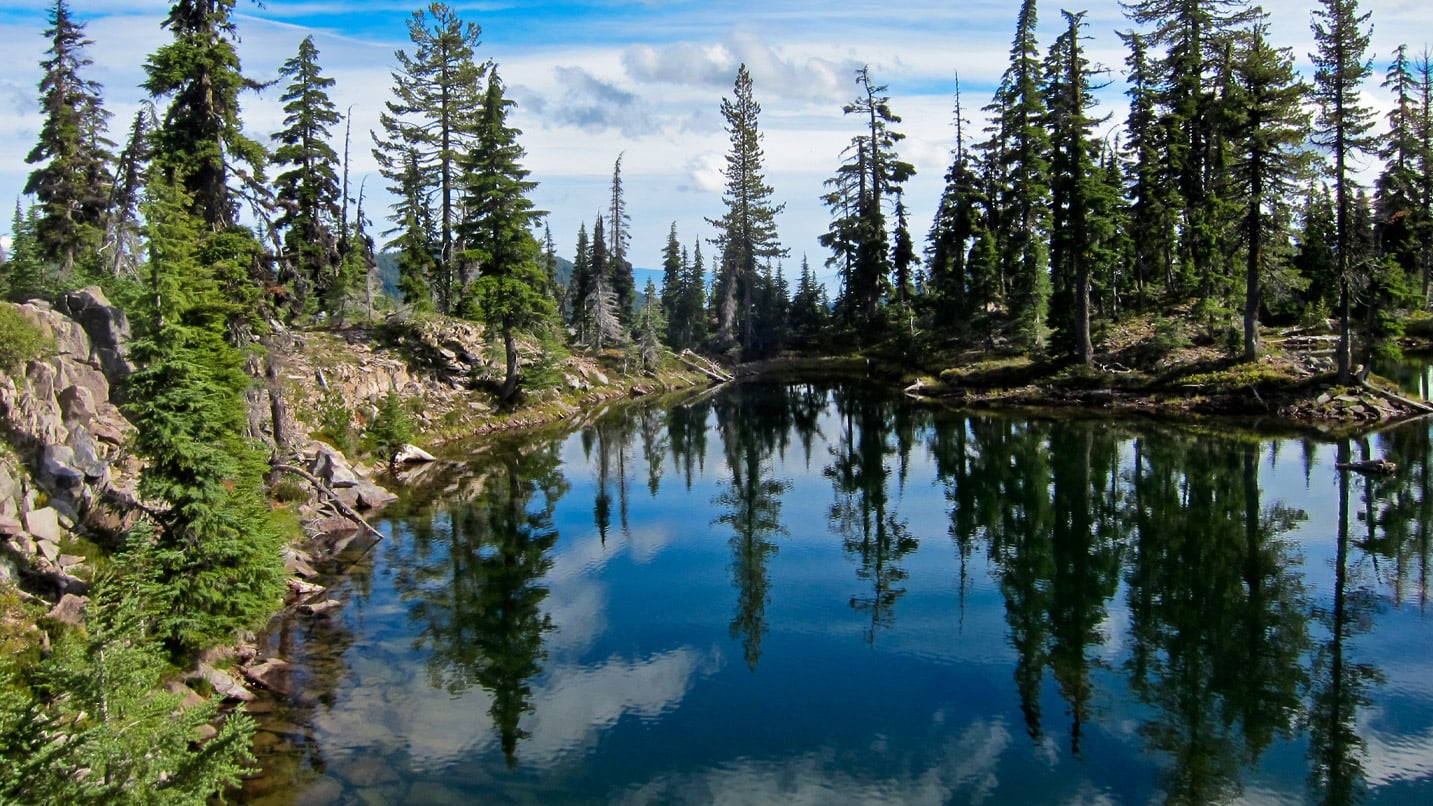
Stranger Than Fiction
Three basins in Klamath County’s Sky Lakes Wilderness Area are speckled with subalpine lakes that draw hikers, campers and anglers all summer. Many are stocked with brook, rainbow and cutthroat trout. If you’re on the hunt for something different, though, seek out shallow, warm, vegetated ponds that don’t have fish, says Michael Parker, professor of biology at Southern Oregon University.
If you’re lucky, you may spy spiny-tail fairy shrimp, which sound like something from a fairytale: inch-long invertebrates with 11 pairs of legs and a bright-orange tail. Despite their delicate appearance, fairy shrimp are hardy creatures. Females lay eggs called cysts, which can dry out completely and hatch when rehydrated.
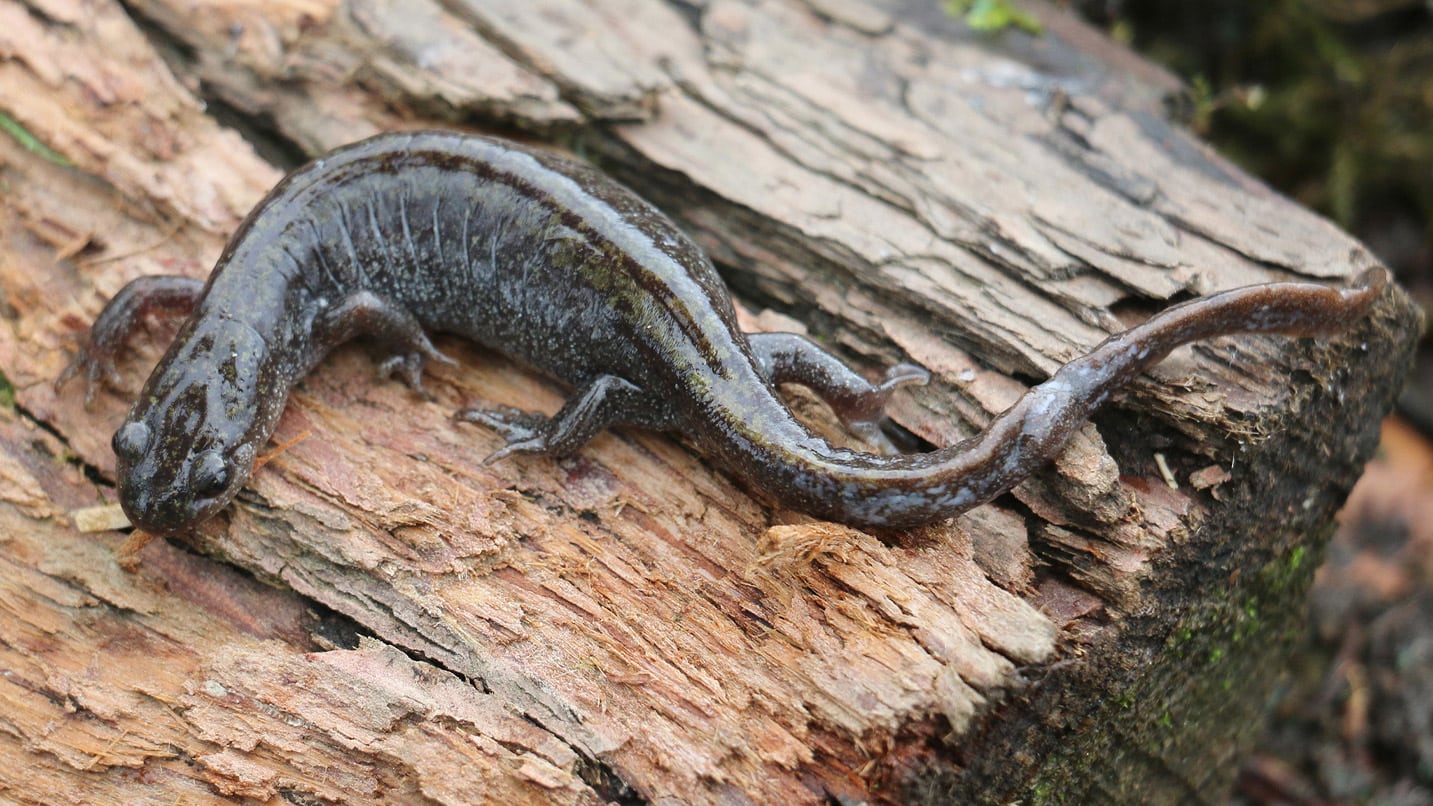
Shallow, high-elevation ponds and lakes with plenty of vegetation are also ideal for spotting salamanders. The larvae of long-toed and northwestern salamanders develop in water; some northwestern salamanders even retain their gills and continue living in ponds once they’re mature. Look for slender bodies with short arms and legs, and long brushy gills extending from both sides of their head. Good places to spy them include high mountain lakes west of the Cascades that have not been stocked with fish–for example, the lovely Buck Lake in the Mt. Hood National Forest.
Once you start spotting these creatures, you’ll never see a lake in the same way.
